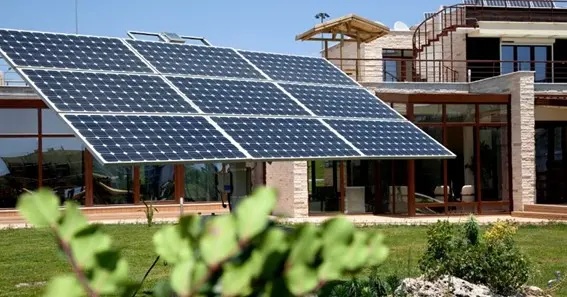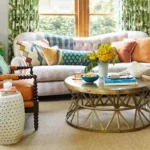Also Read N: Exploring the Beauty of Mount Blackburn
Also Read P: The Art of Real Estate Farming: Cultivating Strong Relationships in Your Target Market
In today’s rapidly evolving world, the search for sustainable living solutions is paramount. As environmental concerns continue to rise, the concept of a passive house stands out as a beacon of hope for eco-conscious individuals. This innovative approach to housing design presents a viable path for achieving energy efficiency while creating comfortable and sustainable living spaces. This post dive deep into what makes this concept the future of residential design.
Understanding the Concept
At its core, a passive home is about reducing energy consumption. Instead of relying heavily on active heating or cooling systems, these homes harness natural resources. They capitalise on the sun’s energy, optimise ventilation, and employ super-insulation to maintain a comfortable interior climate. By leaning into the natural elements available, homeowners can significantly reduce their reliance on mechanical systems. This not only lessens the carbon footprint but also ensures long-term financial savings. With each design element carefully considered, the home functions like a well-oiled, self-sustaining machine.
Key Principles to Grasp
- Thermal Insulation: Think of these homes as thermoses. They have a thick layer of insulation that prevents heat from escaping during cold months and keeps the interior cool during warmer periods. The advanced materials used provide far greater insulation values than conventional homes. This reduces the need for external heating and cooling devices, leading to decreased energy consumption.
- Window Optimisation: The placement, size, and type of windows play a crucial role. South-facing windows can capture maximum sunlight, turning it into natural heat, while triple-glazed windows reduce heat loss. Window technology has come a long way, and now, homeowners can enjoy the benefits of natural light without the traditional energy drawbacks.
- Ventilation Mastery: One of the marvels of this design is its ability to maintain excellent air quality without compromising on energy. By employing a balanced ventilation system, fresh air continuously circulates, ensuring a healthy living environment. Innovative systems reclaim heat from the outgoing stale air and pre-warm the incoming fresh air.
- Airtight Design: Preventing uncontrolled air leakage is essential. An airtight structure ensures that there’s no inadvertent loss or gain of heat, making the home’s energy system more predictable and efficient. This airtightness does more than just save energy; it also prevents potential issues like mould growth.
- Minimal Thermal Bridges: Thermal bridges are areas in a home where heat can easily pass through, like uninsulated walls meeting windows. Minimising these ensures consistent interior temperatures. By addressing and eliminating these weak spots in a home’s thermal envelope, there is a drastic reduction in energy loss.
Environmental Impact and Importance
Passive homes are not just beneficial to homeowners, but they play a significant role in the global environment. The reduction in energy consumption leads to fewer greenhouse gas emissions, helping combat the adverse effects of climate change. Moreover, these homes place a reduced strain on the power grid, promoting energy independence and decreasing the exploitation of finite fossil fuels.
Benefits that Resonate
It’s not just about energy efficiency; it’s about enhancing the quality of life. Residents of these homes often rave about the consistent temperatures, the quietness due to the thick insulation, and the fresh air circulating 24/7. Moreover, the reduced energy bills and minimised carbon footprint make it an attractive option for the environmentally conscious.
Looking Ahead: Why It Matters
As society moves forward in an age marked by climate change and dwindling natural resources, adopting sustainable living practices becomes non-negotiable. The passive home approach, with its emphasis on natural energy sources and efficiency, embodies the principles of sustainability. It represents not just a trend but a shift in how one perceives and constructs their living spaces.
In conclusion, as the quest for sustainable living solutions gains momentum, the passive house stands as a testament to innovation and eco-friendliness. It is more than a housing design; it is a philosophy that prioritises the planet and its inhabitants, ensuring a brighter, greener future for all.






